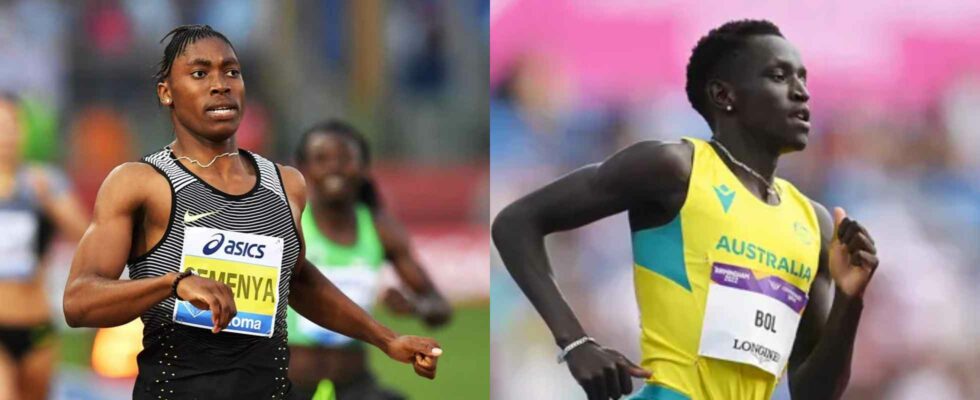Trans participation in sports is a major issue for anyone who cares about sports preserving fairness.
In 2022 we saw the strange case of Alana McLaughlin who was sanctioned to compete in MMA and there was also Lia Thomas who even ended up with an NCAA championship title to her name.
These cases are making all major sports organization take another look at their statutes. Boxing even announced that they would be opening a third division, for trans participants since the WBA gathering concluded that it would be unsportsmanlike and unfair for both trans males and trans females to compete with their chosen genders.
World athletics is now reconsidering their guidelines. According to the Guardian:
Under the governing body’s “preferred option”, the maximum permitted plasma testosterone for trans women would be halved from five nanomoles per litre to 2.5 nmol/L – and they would also have to stay below the permitted threshold for two years rather than 12 months as is currently the case.
World Athletics accepts that trans women “retain an advantage in muscle mass, volume and strength over cis women after 12 months” of hormone treatment – and that “the limited experimental data” suggests that those advantages continue after that.
The document adds: “Exposure to puberty also results in sex differences in height, weight, wingspan (throws), pelvic and lower limbs architecture. These anatomical differences provide an athletic advantage after puberty for certain athletic events and will not respond to suppression of blood testosterone levels in post-pubertal trans women.”
International Olympic Committee updates transgender guidelines to preserve ‘fairness’.
World Athletics Athletics maintains that its preferred option would work as it would “allow significant (although not full reduction in anaerobic, aerobic and body composition) changes, while still providing a path for eligibility of trans women and 46 XY individuals to compete in the female category”.
The new rules would also apply to athletes with differences in sex development, such as Caster Semenya – who are 46 XY individuals with testes but were brought up as women – across every athletic discipline at elite level.
A World Athletics spokesperson said that putting forward a preferred option was “the best way to gather constructive feedback, but this does not mean this is the option that will be presented to council or indeed adopted” and promised they would consult more widely in the coming weeks.
“In terms of our female eligibility regulations, we will follow the science and the decade and more of the research we have in this area in order to protect the female category, maintain fairness in our competitions and remain as inclusive as possible,” they added.
